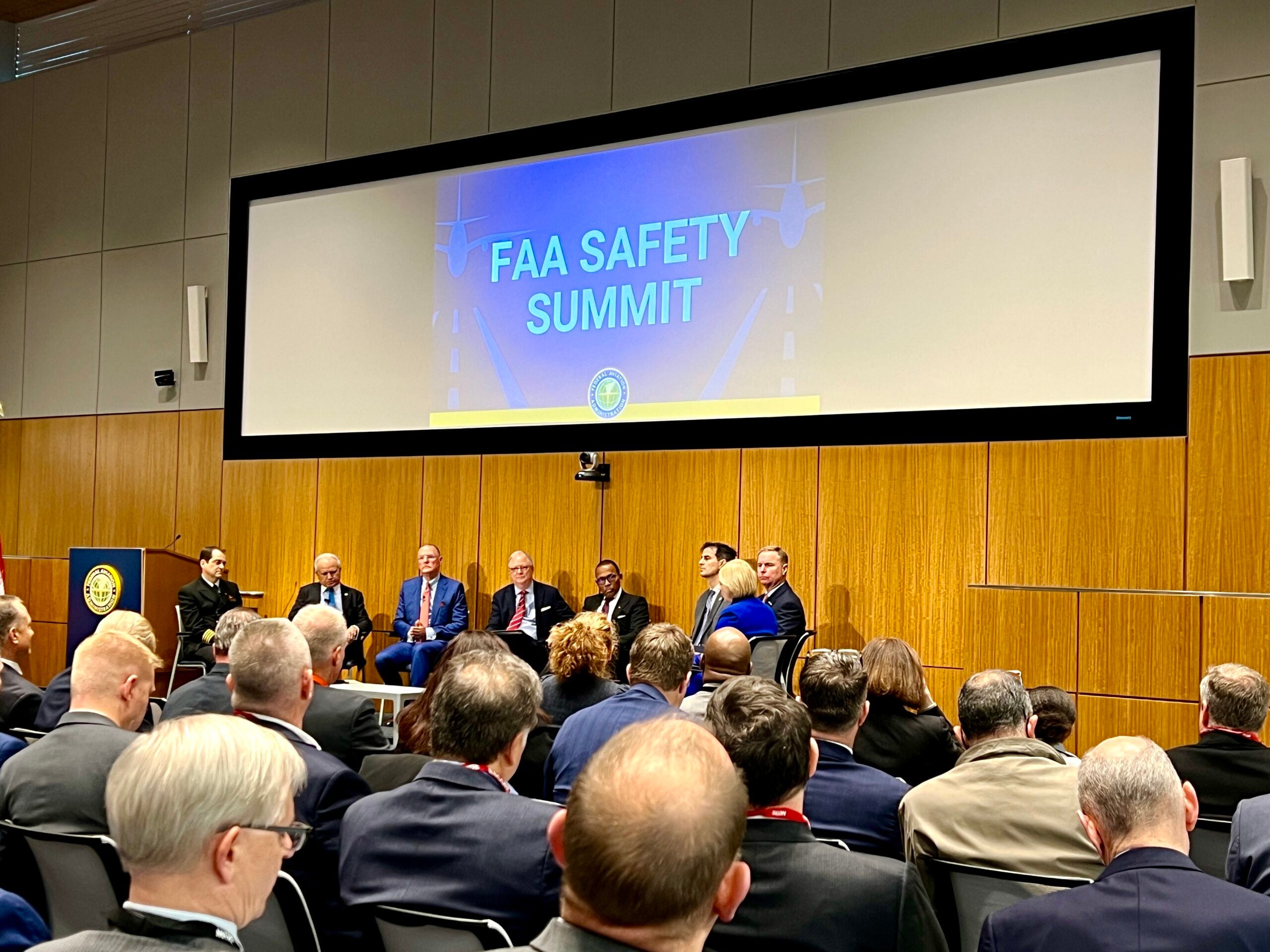FAA issues new safety guidance amid recent ‘close calls’ at US airports

The Federal Aviation Administration issued new safety recommendations on Wednesday, a week after the agency hosted a “Safety Summit” with airline and industry leaders near Washington, D.C.
In a new Safety Alert for Operators — essentially a memo to airlines, pilots, air traffic controllers and others — the agency called for stakeholders to review existing safety best practices and be vigilant for hazards and risks.
Want more airline-specific news? Sign up for TPG’s free biweekly Aviation newsletter.
“In recent months, a number of notable and high visibility events have occurred in the National Airspace System (NAS),” the agency wrote in the memo. “While the overall numbers do not reflect an increase in incidents and occurrences, the potential severity of these events is concerning.”
Since the start of 2023, an uptick in potentially severe incidents has shone a spotlight on safety practices. In particular, runway incursions — incidents in which an aircraft or ground vehicle enters a runway it isn’t supposed to be on — have come into focus.
Related: ‘Turn left at that cloud’ — how pilots do (and don’t) navigate
“Six serious runway incursions have occurred since January 2023,” the FAA wrote, “including an incident at John F. Kennedy International Airport (JFK) in New York City involving a taxiing aircraft narrowly avoiding a departing aircraft and a landing aircraft coming within 100 feet of a departing aircraft at Austin-Bergstrom International Airport in Texas.”
The FAA’s recommendations on Wednesday included reviewing principles meant to ensure pilots’ concentration during critical moments, along with reviewing previous SAFOs related to runway incursions:
- Use all available internal communication processes to specifically highlight recent events and existing issues.
- Reinforce adherence to published processes and procedures, including checklists, ATC instructions and internal company procedures.
- Ensure pilots and flight attendants have the same understanding of what “sterile flight deck” means and the risks associated with extraneous communication during this time.
- Explore helpful resources available for all pilots at FAA Safety Team.
- Encourage crews to diligently follow Crew Resource Management procedures and principles to control workload and reduce distractions.
- Encourage personnel to identify and report existing and emerging safety issues through voluntary reporting programs; understand the usefulness of the voluntary reporting system.
- Review information on the runway safety section of the FAA website.
- Review the following previously published SAFOs: 17012, High Collision Risk During Runway Crossing; 11004, Runway Incursion Prevention Actions; 08001, Flight crew techniques and procedures to enhance taxi, pre-takeoff, and after landing safety to reduce the risk of runway incursions.
- Apply Safety Management System principles to analyze safety data and assess risks associated with emerging hazards. Evaluate existing risk mitigations to determine if they are effectively controlling risk or if additional action is required.
During last week’s summit, which began with a public session before continuing behind closed doors, acting FAA administrator Billy Nolan and others characterized the incidents as a wake-up call.
Sign up for our daily newsletter
“It’s not an academic exercise,” Nolan said. “Six near misses. We’ve taken these six near misses and treated them as if they’ve happened.”
Panelists during the public portion of the meeting generally agreed that a glut of less-experienced workers following a surge in coronavirus pandemic-era travel demand in recent years has contributed to the challenges.
“It’s not just new pilots. It’s new everybody: [Air traffic] controllers, flight attendants, ground people,” Jason Ambrosi, president of the major pilots’ union Air Line Pilots Association, said. “In this post-COVID-19 rapid recovery, there’s so much going on.”
During the summit, National Transportation Safety Board chair Jennifer Homendy pressed the FAA to implement various safety recommendations that the NTSB has made over the years. She noted seven outstanding recommendations on runway incursions that have yet to be implemented. This includes one that was first issued 23 years ago.
“Sometimes, we get the response that it costs too much,” Homendy said. “What is too expensive? Think about your loved ones; do they deserve a price tag?”
In one of the more alarming recent incidents, a FedEx 767 was cleared to land at the same time that a Southwest 737 was preparing to take off from the same runway. The FedEx pilots reconfirmed their clearance but instead initiated a “go-around” as the Southwest flight departed. The two planes may have come within as little as 100 feet of each other, Homendy said.
In another incident, an American Airlines 777 crossed the wrong runway at JFK in front of a Delta 737, which had been cleared for takeoff and was accelerating down the runway. Air traffic controllers spotted the error with the help of a surface monitoring system at the airport and called for the Delta flight to abort. According to a preliminary NTSB report, the two planes were about 1,400 feet apart.
